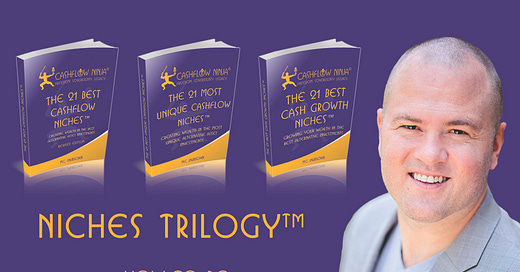In the world of investment strategies, one creative approach gaining attention involves purchasing gold and using it as collateral for a loan. This strategy allows investors to unlock the value of their gold holdings without selling them. Here’s how it works: an investor buys and stores gold securely. They then use this gold as collateral to obtain a loan, typically up to 75% of the gold’s value. The collateralized loan usually comes with a simple interest rate of around 6%, paid upfront, and can be renewed annually.
Investors primarily leverage this strategy to maintain their gold investment while accessing liquid capital. Gold is often seen as a safe haven asset, especially during economic uncertainty. By borrowing against their gold, investors can utilize the funds for other investment opportunities without liquidating their gold holdings.
Positives and Negatives of Using Gold as Collateral
Positives:
Liquidity: This strategy provides immediate liquidity while retaining ownership of the gold.
Investment Opportunities: The loan can be used to invest in higher-yielding opportunities, potentially earning a return that exceeds the cost of the loan.
Gold Appreciation: Investors benefit from any appreciation in the value of gold over the loan period.
Simple Interest: The upfront simple interest payment structure is straightforward and predictable.
Negatives:
Interest Costs: The cost of borrowing can reduce overall returns, mainly if the investments made with the loaned money perform differently than expected.
Risk of Gold Price Decline: If the value of gold declines significantly, the investor may face a margin call or need to increase the collateral.
Renewal Risk: There’s a risk involved in renewing the loan annually, including potential changes in interest rates or terms.
Case Study: Investing in a Note Paying 12% Annually
Consider an investor who uses their collateralized gold loan to invest in a note that pays 12% annually. In this scenario, the investor earns a 6% spread (12% earnings from the note minus the 6% loan interest). For example, if they take a loan of $75,000 against $100,000 worth of gold, they would pay $4,500 in interest (6% of $75,000). If they invest this $75,000 in a note paying 12% annually, they would earn $9,000, netting a $4,500 profit, which is the spread.
The Attractiveness and Risks of This Strategy
This strategy is attractive due to its potential to generate higher returns using borrowed funds while keeping a stable investment in gold. It’s a way to leverage assets without selling, providing flexibility and opportunity for portfolio diversification.
However, risks include fluctuations in gold prices and the performance risk of the new investment. The investor could face financial losses if the new investment underperforms or if gold prices fall sharply. The need to manage loan renewals and interest payments also adds a layer of complexity.
Using gold as collateral for a loan can be an intelligent strategy for savvy investors looking to leverage their assets and explore new investment opportunities. As with any investment strategy, it’s crucial to carefully consider the risks and rewards and ensure it aligns with your overall financial goals and risk tolerance.
If you are interested in learning how to be the bank with gold, you can access a free presentation at www.cashflowninja.com/bethebankwithgold
This article is a free chapter from one of the Niches Trilogy books by M.C. Laubscher.
Download all the Niches Trilogy Books:
The 21 Best Cashflow Niches
https://www.cashflowninjaprograms.com/the-21-best-cashflow-niches-book
The 21 Most Unique Cashflow Niches
https://www.cashflowninjaprograms.com/the-21-most-unique-cashflow-niches
The 21 Best Cash Growth Niches
https://www.cashflowninjaprograms.com/the-21-best-cash-growth-niches




